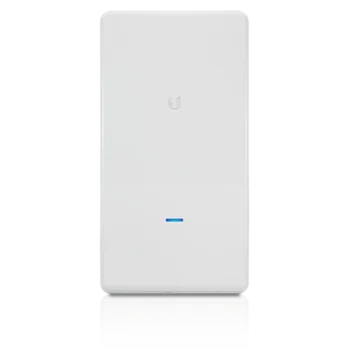Ключевые особенности:
- 1 порта 5G RJ45 с поддержкой PoE
- 1 порт 1G RJ45 с поддержкой PoE
- 1 порт 10G SFP+
- Пропускная способность 5,95 Гбит/с
- MU-MIMO 2.4 Ггц: 4x4:4 и 5 Ггц: 4x4:4
- До 1024 пользователя
Описание серии:
Высокопроизводительные точки доступа AirEngine 6760R-51 и AirEngine 6760R-51E нового поколения для установки на отрытом воздухе полностью отвечают требованиям стандарта Wi-Fi 6 (802.11ax). Модель AirEngine 6760R-51 имеет встроенные антенны, а для модели AirEngine 6760R-51E используются внешние антенны. Устройства поддерживают пространственное кодирование 8x8 MU-MIMO, скорость передачи до 5,95 Гбит/с. Устройства размещены в промышленном корпусе с классом защиты IP68, который предотвращает проникновение влаги, пыли, песка и грязи, и оснащены средствами защиты от перенапряжения номиналом 6 кВ/6 кА.
Универсальные устройства AirEngine 6760R-51 и AirEngine 6760R-51E оснащены оптическим и электрическим портами восходящей связи, благодаря чему клиенты могут выбрать режим развертывания в соответствии со своими потребностями. Этим достигается защита и высокая окупаемость вложенных в оборудование инвестиций. Такие достоинства делают устройства идеальными для установки в городских скверах, на пешеходных улицах и в парках развлечений.
Комплект поставки:
- Точка доступа
- Крепление
Fat/Fit AP mode
| Item | Description |
| WLAN features | Compliance with IEEE 802.11ax and compatibility with IEEE 802.11a/b/g/n/ac/ac Wave 2 Providing 8 spatial streams, achieving up to 5.95 Gbps for the device Maximum ratio combining (MRC) Space time block code (STBC) Cyclic Delay Diversity (CDD)/Cyclic Shift Diversity (CSD) Beamforming DL/UL MU-MIMO DL/UL OFDMA Compliance with 1024-QAM and compatibility with 256-QAM/64-QAM/16-QAM/8- QAM/QPSK/BPSK Target wake time (TWT)* Low-density parity-check (LDPC) Frame aggregation, including A-MPDU (Tx/Rx) and A-MSDU (Tx/Rx) 802.11 dynamic frequency selection (DFS) Short guard interval (GI) in 20 MHz, 40 MHz, 80 MHz, and 160 MHz modes Priority mapping and scheduling that are compliant with Wi-Fi multimedia (WMM) to implement priority-based data processing and forwarding. Automatic and manual rate adjustment (the rate is adjusted automatically by default) WLAN channel management and channel rate adjustment NOTE For detailed management channels, see the Country Code & Channel Compliance Table. Automatic channel scanning and interference avoidance Service set identifier (SSID) hiding Signal sustain technology (SST) Unscheduled automatic power save delivery (U-APSD) Control and Provisioning of Wireless Access Points (CAPWAP) in Fit AP mode Automatic login in Fit AP mode Extended Service Set (ESS) in Fit AP mode Multi-user CAC Advanced cellular coexistence (ACC), minimizing the impact of interference from cellular networks 802.11k and 802.11v smart roaming 802.11r fast roaming (≤ 50 ms) |
| Network features | Compliance with IEEE 802.3ab Management channel of the AP uplink port in tagged and untagged mode |
| QoS features | WMM parameter management for each radio WMM power saving Priority mapping for upstream packets and flow-based mapping for downstream packets Queue mapping and scheduling User-based bandwidth limiting Adaptive bandwidth management (automatic bandwidth adjustment based on the user quantity and radio environment) to improve user experience Airtime scheduling Air interface HQoS scheduling |
| Security features | Open system authentication WEP authentication/encryption using a 64-bit, 128-bit, 152-bit or 192-bit* encryption key WPA2-PSK authentication and encryption (WPA2 personal edition) WPA2-802.1X authentication and encryption (WPA2 enterprise edition) WPA3-SAE authentication and encryption (WPA3 personal edition)* WPA3-802.1X authentication and encryption (WPA3 enterprise edition)* WPA-WPA2 hybrid authentication WPA2-WPA3 hybrid authentication* WPA2-PPSK authentication and encryption in Fit AP mode WAPI authentication and encryption* Wireless intrusion detection system (WIDS) and wireless intrusion prevention system (WIPS), including rogue device detection and countermeasure, attack detection and dynamic blacklist, and STA/AP blacklist and whitelist 802.1x authentication, MAC address authentication, and Portal authentication DHCP snooping Dynamic ARP Inspection (DAI) IP Source Guard (IPSG) 802.11w Protected Management Frames (PMFs) |
| Maintenance features | Unified management and maintenance on the AC in Fit AP mode Automatic login and configuration loading, and plug-and-play (PnP) in Fit AP mode |
| BYOD | NOTE The AP supports bring your own device (BYOD) only in Fit AP mode. Identifies the device type according to the organizationally unique identifier (OUI) in the MAC address. Identifies the device type according to the user agent (UA) information in an HTTP packet. Identifies the device type according to DHCP options. The RADIUS server delivers packet forwarding, security, and QoS policies according to the device type carried in the RADIUS authentication and accounting packets. |
| Location service | NOTE The AP supports the locating service only in Fit AP mode. Locates Wi-Fi terminals. Working with the location server to locate rogue devices. Supports Bluetooth positioning. |
| Spectrum analysis | NOTE The AP supports spectrum analysis only in Fit AP mode. Identification of more than eight interference sources including Bluetooth devices, microwave ovens, cordless phones, ZigBee devices, game controllers, 2.4 GHz/5 GHz wireless video and audio devices, and baby monitors Working with the location server to locate interference sources and perform spectrum analysis on them |
Cloud-based management mode
| Item | Description |
| WLAN features | Compliance with IEEE 802.11ax and compatibility with IEEE 802.11a/b/g/n/ac/ac Wave 2 Frame aggregation, including A-MPDU (Tx/Rx) and A-MSDU (Tx/Rx) |
| Network features | Compliance with IEEE 802.3ab Auto-negotiation of the rate and duplex mode and automatic switchover between the Media Dependent Interface (MDI) and Media Dependent Interface Crossover (MDI-X) Compliance with IEEE 802.1q SSID-based VLAN assignment VLAN trunk on uplink Ethernet ports Management channel of the AP uplink port in tagged and untagged mode DHCP client, obtaining IP addresses through DHCP Tunnel data forwarding and direct data forwarding STA isolation in the same VLAN IPV4/IPV6 access control lists (ACLs) Link Layer Discovery Protocol (LLDP) Uninterrupted service forwarding upon CAPWAP channel disconnection in Fit AP mode Unified authentication on the AC in Fit AP mode AC dual-link backup in Fit AP mode Network Address Translation (NAT) in Fat AP mode IPv6 in Fit AP mode Soft Generic Routing Encapsulation (GRE) IPv6 Source Address Validation Improvements (SAVI) |
| QoS features | WMM parameter management for each radio WMM power saving Priority mapping for upstream packets and flow-based mapping for downstream packets Queue mapping and scheduling User-based bandwidth limiting Airtime scheduling Air interface HQoS scheduling |
| Security features | Open system authentication WPA-WPA2 hybrid authentication |
| Maintenance features | Unified management and maintenance on the Agile Controller Automatic login and configuration loading, and plug-and-play (PnP) Batch upgrade Telnet STelnet using SSH v2 SFTP using SSH v2 Remote wireless O&M through the Bluetooth console port Web local AP management through HTTP or HTTPS Real-time configuration monitoring and fast fault location using the NMS System status alarm Network Time Protocol (NTP) |
| Общие | |
|---|---|
| Частотный диапазон Wi-Fi, ГГц | 2.4 5 |
| Поддержка MIMO, в диапазоне 2.4ГГц | 4x4 |
| Поддержка MIMO, в диапазоне 5ГГц | 4x4 |
| SFP | Да |
| PoE | 802.3at 802.3bt |
| Портов LAN | 2 |
| Стандарты Wi-Fi IEEE 802.11 | 802.11b 802.11ac (Wi-Fi 5) 802.11n (Wi-Fi 4) 802.11a 802.11ax (Wi-Fi 6) 802.11g |
| Роуминг | 802.11k/v/r |
| Уличный корпус | Да |
| Тип антенны | внешняя |
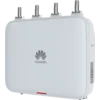
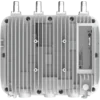

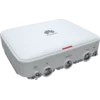
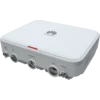
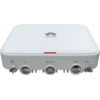

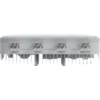
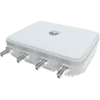
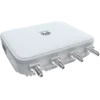
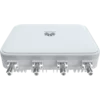
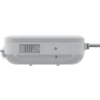
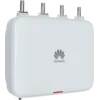
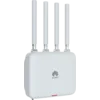
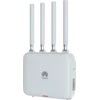
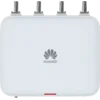

















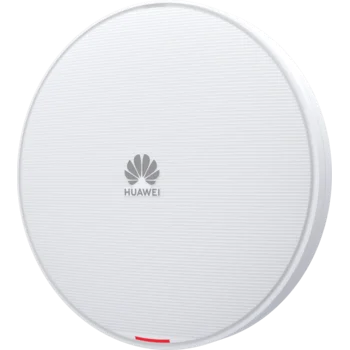
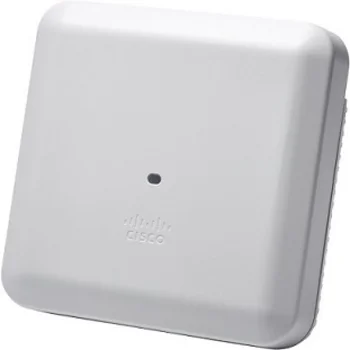
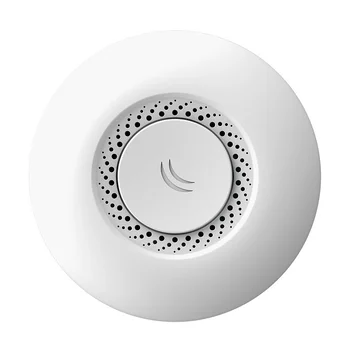
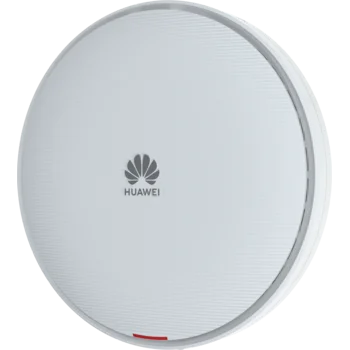

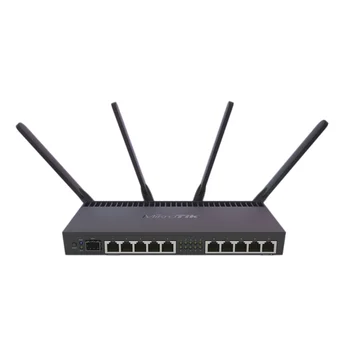
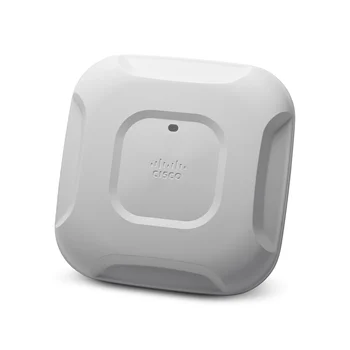
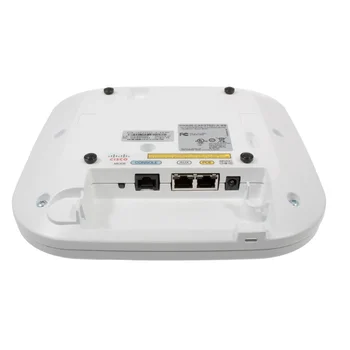

/36932/image-thumb__36932__350x350/31d58a1a2b7609787f0dee98358679c298738e709cc8c3f642a49bbc3dee700f.webp)

